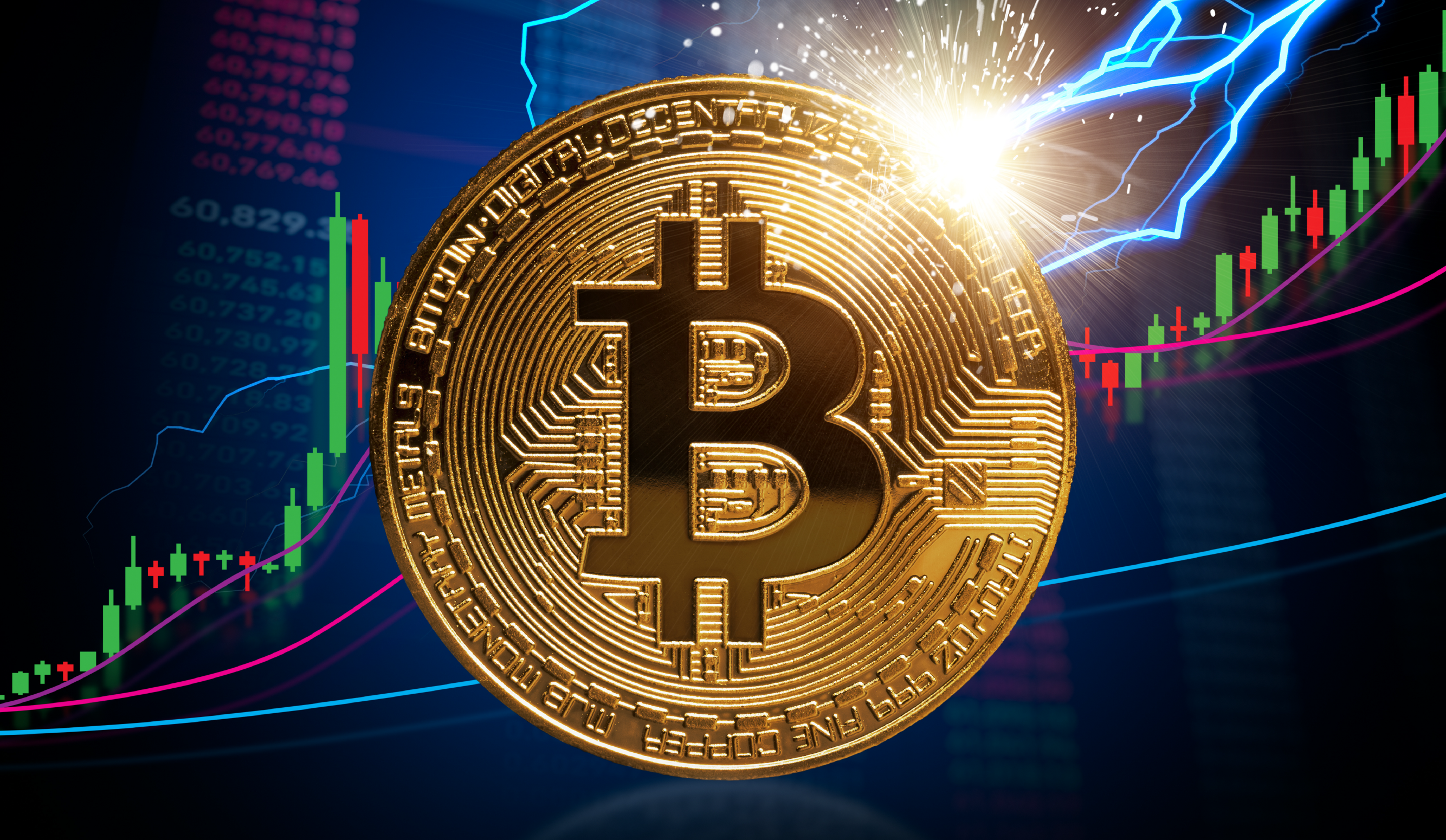Balancing Act: Exploring the Dynamics Between Bitcoin and the NASDAQ Commodity Index

Do Correlations tell us anything?
Investors and analysts have been keenly interested in bitcoin's relationship with the NASDAQ Composite Index. This correlation sheds light on how the world's leading cryptocurrency behaves in relation to traditional equity markets, particularly tech-heavy indices. Historically, investors have considered bitcoin a non-correlated asset, moving independently of traditional market dynamics. However, recent trends suggest a change. Data indicates a growing correlation between Bitcoin and the NASDAQ, particularly in the past year as cryptocurrencies become more mainstream and institutional investors get involved.
The past and the future
For instance, during the first quarter of 2024, bitcoin and the NASDAQ showed a correlation coefficient of 0.65, indicating a moderately strong relationship. A coefficient of 1 would mean a perfect positive correlation, while -1 indicates a perfect negative correlation. This marked increase from a coefficient of 0.3 in 2023 suggests that bitcoin is increasingly moving with traditional stock markets, particularly tech-driven ones like the NASDAQ. Several factors contribute to this growing correlation. First, the increasing presence of institutional investors in cryptocurrency brings trading behaviors and patterns familiar to traditional markets into bitcoin. Additionally, the rise of Bitcoin ETFs and futures allow traditional equity investors access to bitcoin, further intertwining its movements with conventional assets. However, while the correlation is growing, it's crucial to remember that bitcoin still operates under different fundamentals than NASDAQ. Factors like regulatory changes, technological advancements, and shifts in investor sentiment can drive bitcoin's price independently of traditional market trends.
Moreover, during global economic uncertainty or inflation fears, Bitcoin has occasionally decoupled from the NASDAQ, acting as a digital gold or safe-haven asset. For example, during the brief economic downturn in late 2023, bitcoin's price remained relatively stable while the NASDAQ experienced significant volatility.
So, what's the key?
A possible resurgence in inflation. Some recent economic data have suggested that inflation may be strengthening, reversing the disinflationary trend that has been in place. Historically, people have referred to gold as an inflation hedge, often comparing bitcoin to gold for its similar qualities as a store of value. However, one should compare bitcoin to gold in terms of its classification as an asset. Currently, the Federal Reserve is discussing cutting interest rates, not raising interest rates, and if inflation is preparing to surge again, asset inflation will be a part of that surge. Without a Federal Reserve raising rates to fight inflation, stocks should rise, as should other assets like bitcoin. That will likely increase Bitcoin's correlation to the NASDAQ.
Investors should approach this relationship cautiously despite the growing correlation between bitcoin and the NASDAQ. Bitcoin remains subject to a unique set of market influences, and while parallels to the NASDAQ can provide insights, they do not dictate bitcoin's movements entirely. As the cryptocurrency market evolves, so will its relationship with traditional financial indices.
If you like this content, subscribe for more!



